How well do you ever know someone? Even though Spain and Portugal have been around the neighborhood for a while, there is always more to a destination than meets the eye. This is why it never hurts to brush up on a place before coming over for a plate of paella or a tasty pastel de nata; because this way, your clients will be guaranteed to have the best time possible! And since that is forever Travelive’s main objective, we have prepared some cliff notes that will ensure that the next time your travelers find themselves in Iberia’s neck of the woods, they’ll know their way around the block.
From ¡Hola! to Adeus! – Iberian Travel Essentials
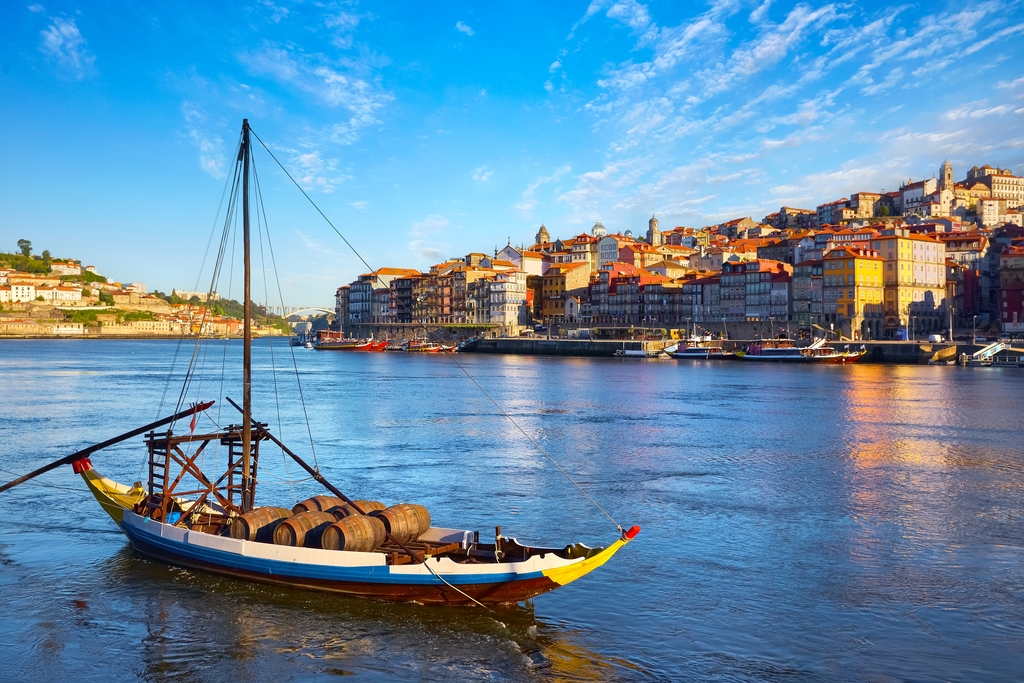
In Spain and Portugal, even the basics carry the essence of these vibrant countries. Whether you’re lunching on tapas in Madrid or traversing Lisbon via one of its iconic yellow trams, these essentials will make sure your clients arrive informed and ready to experience Spain and Portugal in the most liberating of ways!
- Currency
The Euro (€) fills the wallets in both Spain and Portugal. Credit and debit cards are widely accepted in cities, hotels, and restaurants, but keeping a little cash on hand is wise for open-air markets, rural cafés, or that spontaneous pintxo on your way to a beach in San Sebastian.
- Language
In Spain, Spanish (Castilian) is the melody of daily life, with regional notes like Catalan, Galician, and Basque adding a beautiful harmony. Meanwhile Portugal’s lyrical Portuguese flows gently from Lisbon’s hills to the Algarve’s coast.
English is spoken in most tourist spots, but channeling some high-school Spanish (think “Hola” or “Gracias”) and learning a few Portuguese phrases like “Obrigado” guarantees to make your journey more exciting with every word!
- Time Zones
Time works a little differently when you’re sipping sangria under the Spanish sun or watching the light fade over the Atlantic in Porto. Spain follows Central European Time (CET), while Portugal lingers a little behind on Western European Time (WET). That’s one hour apart and five to six hours ahead of Eastern Standard Time (EST), depending on where you land.
Getting Around Iberia – Scenic Rails & City Rambles
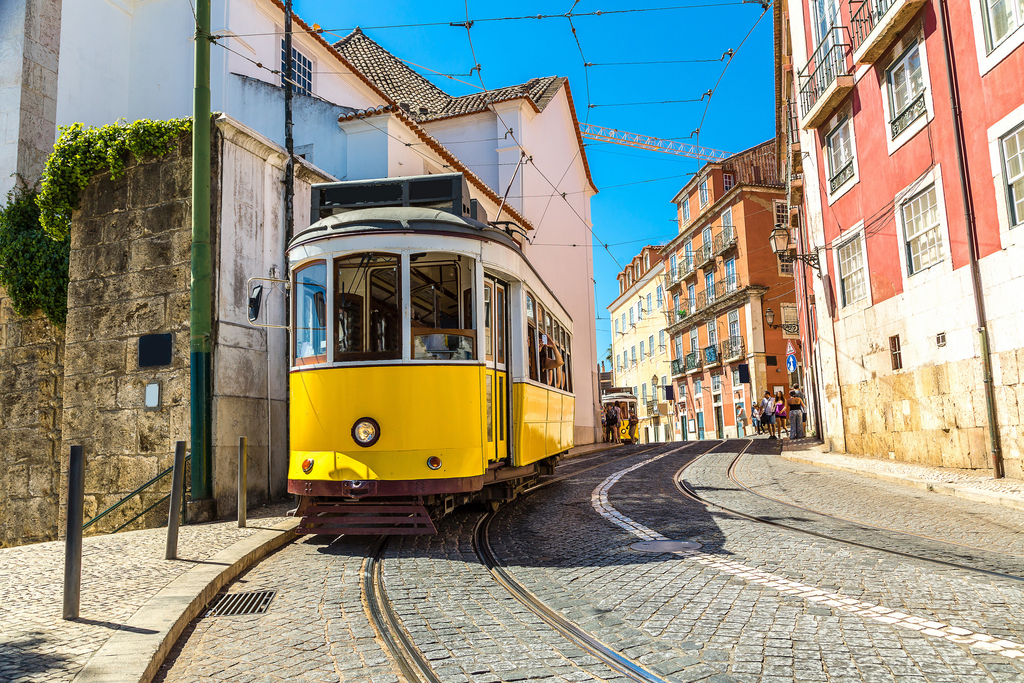
Whether you’re navigating narrow alleys in Porto or cruising the Spanish countryside aboard a high-speed train, getting around Iberia is all part of the adventure. Here’s how your clients can travel like locals: comfortably, confidently, and always with a window seat to something beautiful.
- Driving
Roads in both Spain and Portugal are well-kept and a pleasure to drive, especially the scenic routes that cut through olive groves, vineyards, and coastal cliffs. Highways often have tolls (autoestradas in Portugal, autopistas in Spain), and a valid EU or international driver’s license is a must. Travelers should also keep their wits about them along narrow streets in historic towns, which, while charming, can get a bit tricky.
- Public Transit
Spain shines with its high-speed AVE trains, effortlessly connecting cities like Madrid, Barcelona, and Seville. While Portugal offers slower, scenic charms, especially along the routes between Lisbon, Porto, and the Algarve. Both countries boast reliable metro systems in their major cities, and buses are a solid, budget-friendly option for intercity travel.
- Taxis
Official taxis are easy to spot:
- green lights or clearly marked in Spain
- beige or black-and-green in Portugal
Fares are metered, and while tipping isn’t mandatory, rounding up is appreciated. Ride apps like Uber are also widely available in both countries, making spontaneous detours as easy as a tap.
Iberian Culture – A Matter of Soul and Social Grace
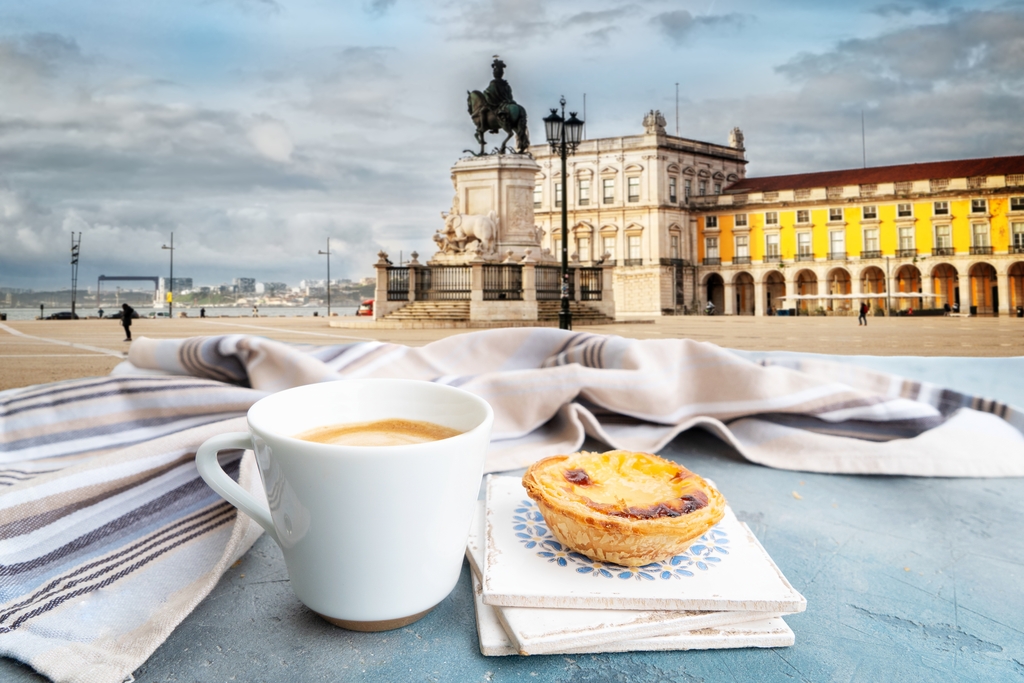
Culture is the life-force of Spain and Portugal. It resonates through the late-night sounds of fado and flamenco. It fills the plates of seaside eateries from Galicia to Algarve. And it rests in the quiet reverence of cathedrals along the Camino de Santiago. Here, understanding a few local customs goes a long way, and your clients will find that a little respect opens a lot of doors, often to the best experiences.
- Tipping
Neither country expects big tips, but small gestures are warmly welcomed. In restaurants, rounding up or leaving 5–10% is perfectly polite. For taxi drivers and hotel staff, rounding up is appreciated, and in Spain, offering €1-2 for hotel staff is customary. Think of it less as obligation, but more as a thank-you for good service — and good stories.
- Dress Code
Style comes naturally in both Spain and Portugal. While there’s no need to dress to impress, Major cities like Madrid and Lisbon embrace a polished, smart-casual look, even for daytime strolls. When visiting churches or religious sites however, modesty is key, as shoulders and knees should be covered out of respect.
- Social Rhythm
In Iberia, time bends gently around the meal. Lunch is often enjoyed at 2 PM, dinner rarely before 9. Mealtimes are events, meant to be savored and never rushed. Take your time, linger at the table, and let the conversation be as rich as the wines of Douro and Rioja.
Safety & Health – Travel Well
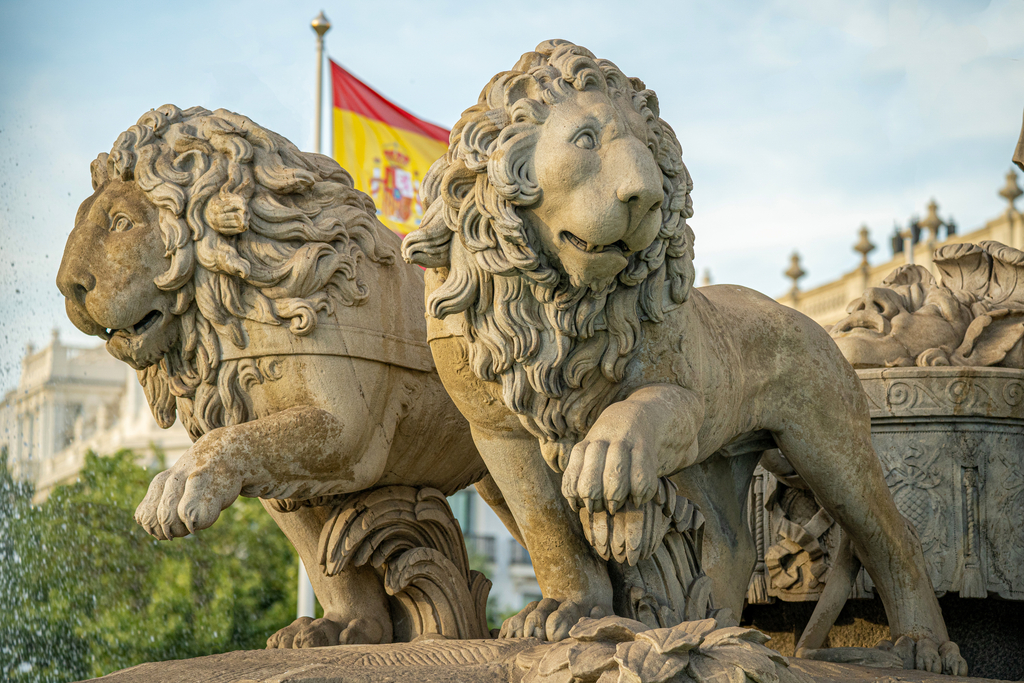
Whether you’re wandering Lisbon’s cobbled lanes or strolling a seaside promenade somewhere in the Costa del Sol, your clients want to do it in the most relaxed atmosphere possible. This is why it’s essential to ensure they know how to stay healthy, secure, and free to enjoy every moment.
- Emergency Info
Dial 112 for any emergency in either country — it’s the universal number for medical help, police, or fire services across the EU. English-speaking operators are often available, especially in tourist areas.
- Travel Insurance
Comprehensive travel insurance that covers health, cancellations, and theft adds peace of mind and is highly recommended. Even in countries where healthcare is strong, having coverage keeps unexpected expenses from spoiling the trip.
- Local Laws & Quiet Norms
Smoking is banned in enclosed public spaces across Spain and Portugal. Meanwhile, public drug use is highly illegal, even in places where small possession may be decriminalized (like Portugal). Also, keep in mind that in Spain’s residential neighborhoods, quiet hours after 10 PM are the unspoken rule; so keep the fiesta to a gentle murmur unless you’re in the heart of the city.
- Staying Vigilant
Although renowned for their neighborly hospitality, like many popular tourist destinations, Spain and Portugal are not immune to pick pockets, especially in big cities like Madrid, Lisbon. and Barcelona. Therefore, visitors are advised to always keep an eye on their personal belongings while enjoying the sights.
Practical Tips – Go Like a Local

Spain and Portugal brim with an energy that makes you want to go further, do more, and savor every facet of their vibrant culture. From the serene plains of Alentejo to the buzzing avenues of Barcelona, these final tips help your clients travel smarter, move easier, and enjoy Iberia in all its effervescent glory.
- Packing
The Iberian climate is as varied as its landscapes. Southern Spain and Portugal can sizzle in summer, while the north may bring cooler breezes and the occasional drizzle. Layered clothing is your best friend. Don’t forget comfortable walking shoes for those cobblestoned streets, and sun protection for open-air adventures, whether vineyard-hopping in the Douro or exploring the Alhambra.
- Staying Connected
Wi-Fi is widespread in hotels, cafés, and most public spaces, but for uninterrupted maps, messages, and memories on the go, consider a local SIM card or eSIM. It’s a small move that offers big convenience.
- Local Etiquette
Warmth and politeness go a long way; which is where breaking the language barrier will once again come in handy. Greet with a cheerful “Hola” in Spain or a friendly “Olá” in Portugal, and don’t skip the “Gracias” or “Obrigado”.
Spain and Portugal – Always Just Around the Corner
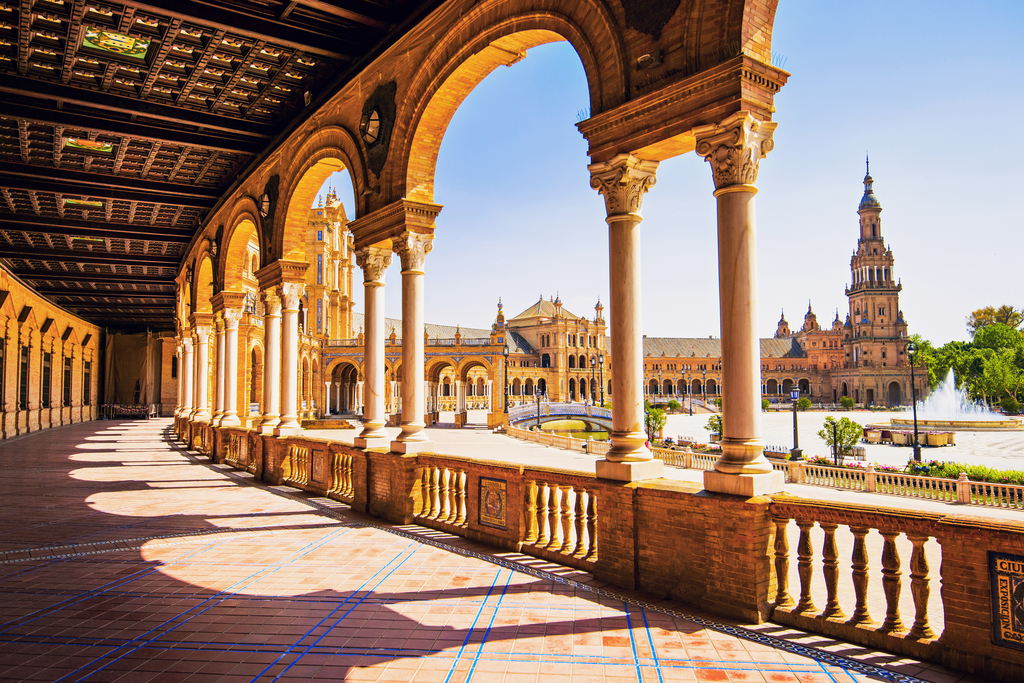
Spain and Portugal may sit side by side on the map, but it’s their shared warmth, depth, and colorful spirits that truly bring them together. With the insight above and one of Travelive’s curated adventures, you can make sure that your clients don’t just visit the Iberian Peninsula, but feel welcomed into it with an open heart. And isn’t that what being good neighbors is all about?

